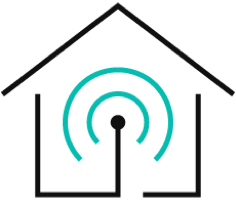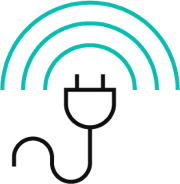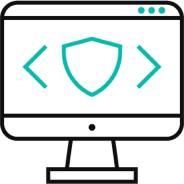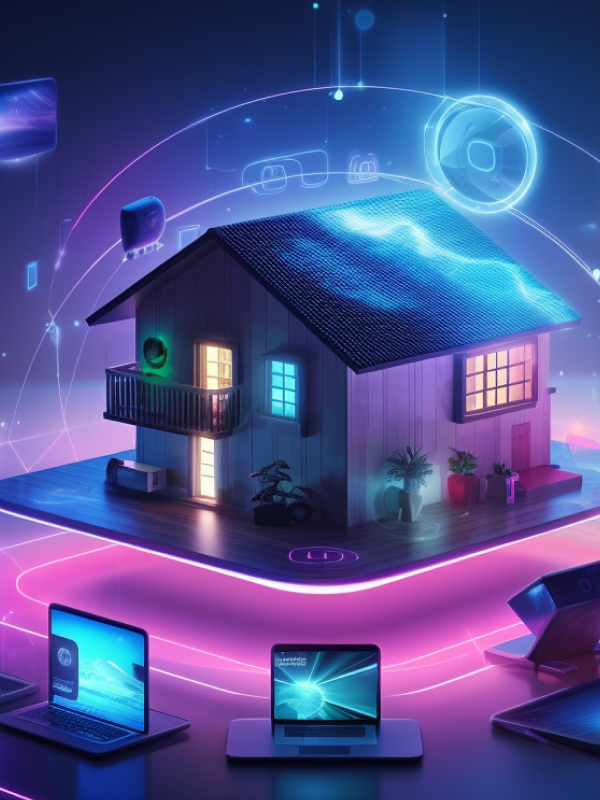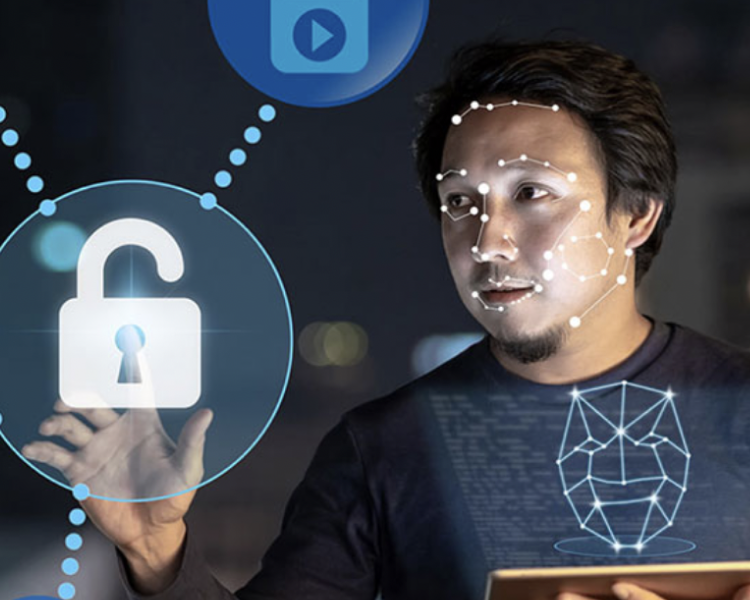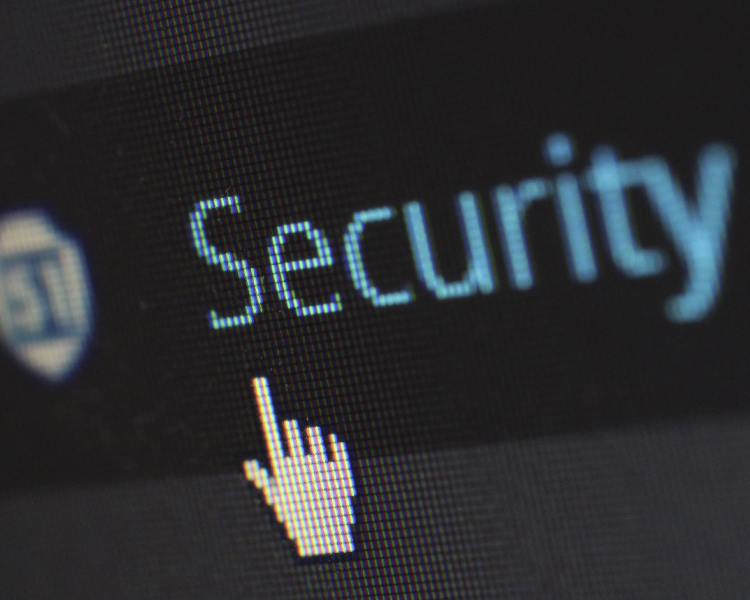Imagine waking up to a perfect morning – the sun gently filtering through the curtains, birds chirping outside your window, and the aroma of freshly brewed coffee filling the air. As you sit down to enjoy your cup of coffee, you notice your smart home system adjusting the thermostat to create a comfortable ambiance, and your fitness tracker sending you a daily health report.
All of this is made possible through the wonders of the Internet of Things (IoT) – a vast network of interconnected devices, seamlessly integrating into our lives to enhance convenience, efficiency, and overall quality of living.
However, amidst the marvels of IoT lies a crucial concern that plagues both users and experts alike – data privacy. As we delve into this topic, we will explore the complex relationship between Data Protection Solutions and User Perceptions of IoT Privacy.
Are the current data protection mechanisms enough to safeguard our personal information from potential threats? How do users perceive the privacy of their data in this interconnected digital landscape? We will find out!
- What is Smart Home Data?
- What is Smart Home Data Protection?
- How is Smart Home Data Generated and Collected?
- Use Perceptions and Challenges of Smart Home IoT Privacy
- EVVR Center Lite - Smart Home Hub for Privacy
What is Smart Home Data?
Smart home data refers to the information generated and collected by various devices and systems within a smart home environment. These devices are equipped with sensors, processors, and connectivity capabilities that enable them to interact with each other and with the user.
What is Smart Home Data Protection?
Smart home data protection refers to the measures and practices put in place to safeguard the data collected and processed by smart home devices and systems. With the increasing adoption of Internet of Things (IoT) devices in homes, including smart appliances, thermostats, security cameras, voice assistants, and more, ensuring the security and privacy of the data generated within a smart home environment has become paramount.

How is Smart Home Data Generated and Collected?
Smart home data is generated through the use of various interconnected devices and sensors that collect and transmit information about the activities and environment within a home. These devices are often part of the Internet of Things (IoT) ecosystem, designed to make homes more automated, efficient, and convenient. Here's how smart home data is generated:
1. Smart Devices
Smart devices encompass a wide range of products, such as smart thermostats, lighting systems, locks, appliances, speakers (like Amazon Echo or Google Home), TVs, and more. These devices are equipped with sensors and communication capabilities, enabling seamless interaction between each other and the user.
2. Sensors
Smart Sensors are crucial components of smart home devices. They come in various forms, such as motion sensors, temperature sensors, humidity sensors, light sensors, door/window sensors, occupancy sensors, smoke detectors, and carbon monoxide detectors. These sensors continuously monitor the environment and specific conditions within the home.
3. User Interactions
Smart home data is also generated through user interactions with the devices. When a user interacts with a smart device using a mobile app, voice command, or a control panel, data about the user's preferences and actions is recorded.
4. Network Connectivity
Smart home devices are connected to the internet through Wi-Fi, Bluetooth, Zigbee, Z-Wave, or other communication protocols. This connectivity enables the devices to share data with each other and with centralized systems.
5. Environmental Data
Smart home devices collect data about the environment they are in. For instance, a smart thermostat monitors the temperature and humidity levels, while a smart lighting system may sense ambient light conditions.
6. Usage Patterns
Smart devices track patterns of usage over time. For example, a smart thermostat may learn the user's temperature preferences for different times of the day and days of the week.
7. Security and Surveillance
Data pertaining to security events and potential threats is generated by smart home security systems, which comprise cameras, motion detectors, and other components.
8. Energy Consumption
Smart meters and energy monitoring devices provide insights into the electricity and water consumption patterns of a household. EVVR Energy Monitoring Smart Plug and Relay is one such tool. It collects data regarding energy consumption of any device in your house and equips you with the required understanding to minimize energy use and costs related to it!
It's essential to handle smart home data with privacy and security in mind, as it can reveal sensitive information about the occupants' behaviors and routines. Manufacturers and service providers need to implement robust data protection measures to safeguard user privacy.
Use Perceptions and Challenges of Smart Home IoT Privacy
User perceptions of smart home IoT privacy can vary widely, and individuals may have different attitudes and concerns based on their experiences, knowledge, and personal preferences. Some common perceptions and concerns include:

Privacy Invasion
Users may feel that smart home devices invade their privacy by collecting data about their daily activities, habits, and preferences. They may worry that this data could be misused or shared without their consent.
Data Security
Concerns about data security are prevalent, with users worrying about potential data breaches or unauthorized access to their personal information.
Data Sharing
Users may be uncomfortable with the idea that smart home device manufacturers or service providers could share their data with third parties, potentially leading to targeted advertising or other intrusive practices.
Lack of Control
Users may feel they have limited control over the data collected by smart home devices, leading to feelings of powerlessness regarding how their information is used.
Hacking and Cybersecurity
There may be apprehension about the possibility of smart home devices being hacked, leading to unauthorized access or control over their homes.
Surveillance Concerns
Some users worry that smart cameras and other monitoring devices could be used for surveillance purposes, either by hackers or even by the manufacturers themselves.
Informed Consent
Users may need clarification about whether they fully understand the extent of data collection and how their data will be used, raising questions about informed consent.
To address these user perceptions and concerns, manufacturers and service providers should prioritize transparency in their data collection and usage policies.
EVVR Center Lite - Smart Home Hub for Privacy
If you’re looking for a smart home option that provides enough privacy and data security, we’d recommend EVVR Center Lite, without a doubt. Why?
It comes with enterprise data encryption, making all your information almost immune to hacking when being transferred from one device to the next. Other smart home hubs store data in clouds. They can later use this information to target you in their marketing campaign. Moreover, they may also sell your information to third-party organizations. But you don’t run that risk with EVVR Center Lite. Because the whole system operates locally and stores all your data in your local storage, which makes EVVR Center Lite a perfect smart home system for people who prioritize privacy and security.
Security Features
- Data is not stored in the cloud.
- EVVR processes and stores your data locally, enhancing privacy.
- The peer-to-peer network connection ensures secure data transmission without relying on centralized servers.
- EVVR does not have access to your connection, further safeguarding your privacy.
- Enterprise-class data encryption is employed to protect your sensitive information from unauthorized access.

Final Thoughts
As the Internet of Things continues to permeate various aspects of our lives, data security and privacy concerns have become more pronounced. We've uncovered the crucial role user perceptions play in shaping the adoption and acceptance of IoT devices. Understanding and addressing these perceptions are vital for fostering trust among consumers and ensuring the responsible growth of IoT technologies.
Want to learn more about it? Don’t hesitate to reach out to our support. We will provide you with the appropriate guidance regarding any matters related to smart home privacy and security.

